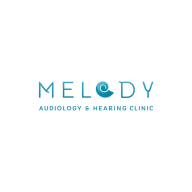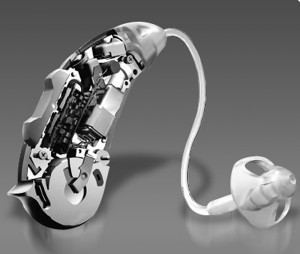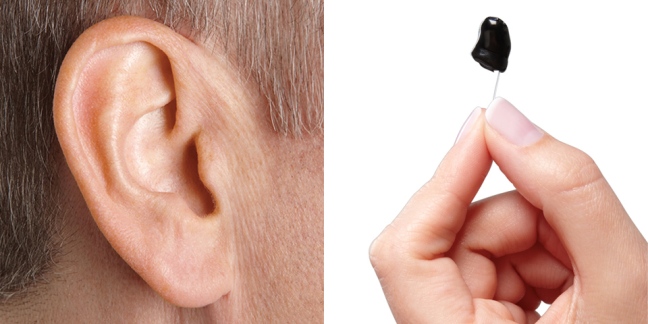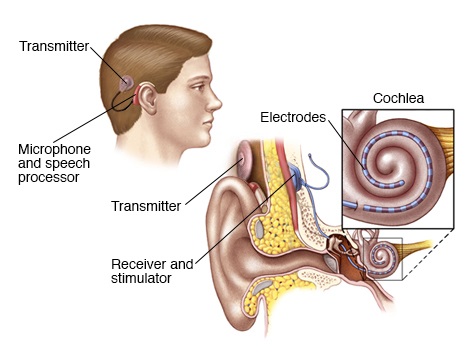Many clients that we see here at Melody Hearing Clinic have never had a hearing test and are unsure of what to expect. Our practitioners at Melody understand that this is a new experience for many of our clients. We always take the time to walk you through the process, making your comfort a priority. We’ve included a step-by-step guide on what you can expect during your hearing test:
When you arrive for a hearing test you will be asked to complete a questionnaire. This helps us to identify and document any concerns.
The practitioner will have a look in your ears to examine your ear canal and eardrum.
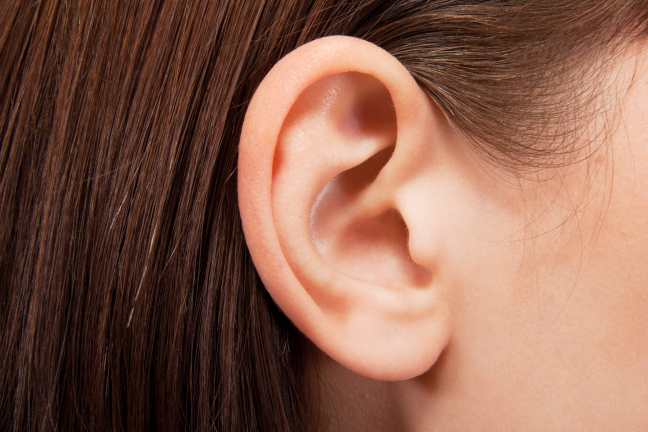
A measurement of the middle ear is then taken. A small probe will be placed at the outside of your ear canal. You will hear some buzzing, some beeps, and you may feel a slight change in pressure within the ear.
Next we will seat you in the sound booth. There is a window in which you will be able to see your practitioner throughout the test. They will be able to hear you at all times, so if you have any questions during the test, ask away! The practitioner will place inserts or headphones and a bone conductor headset for you to listen to different tones. The tones are presented in various pitches and volumes. You will have a response button and will be instructed to push the button each and every time you hear a tone regardless of how loud or quiet it is.
Depending on your test results speech testing may also be completed. This is a two part test, first you will be asked to repeat two-syllable words as the volume is lowered to the quietest level you can identify words correctly. The second part of the test will be to repeat one syllable words at a volume that is comfortable for you.
Once the test is completed an overview of the results will be explained to you. If there is a hearing loss present, we will discuss the type and severity of the hearing loss, followed by any pertinent recommendations.
Undetected and untreated hearing loss can have significant effects on a person’s quality of life. Having a baseline hearing test followed by annual testing is an important measure in ensuring your hearing health is looked after. Our staff is are here to put you at ease and address any concerns you may have. Call today to book a hearing test!
